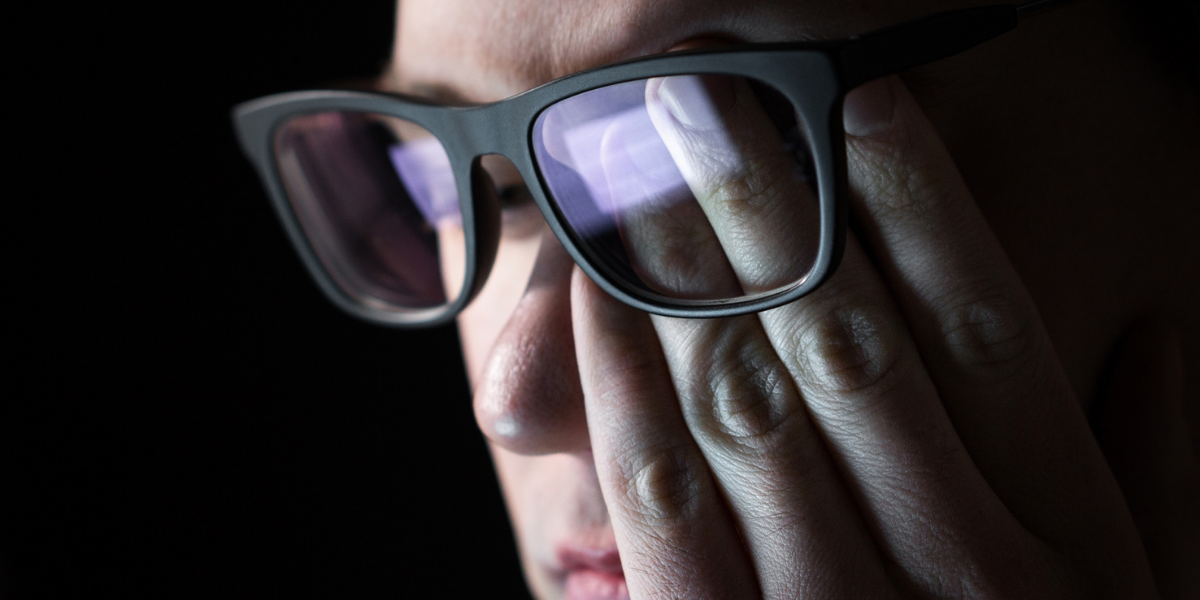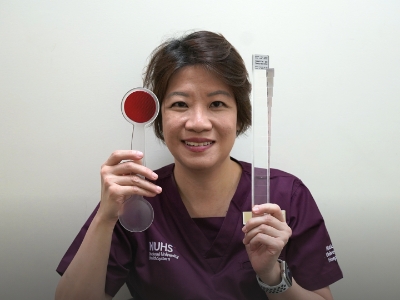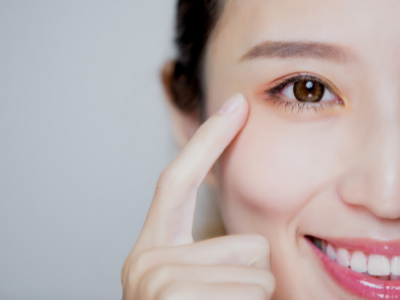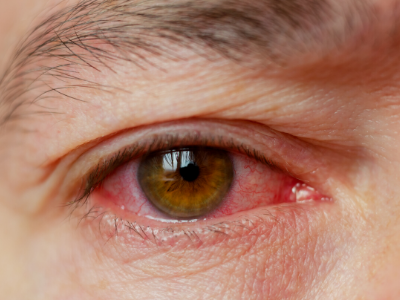Published on 28 October 2021
The fact of the matter is that prevention of myopia is at least as important as, if not more important than, the treatment of myopia. According to Dr Joey Wai, Family Physician, Pioneer Polyclinic, National University Polyclinics (NUP), “Practising good
eye care habits are one of the best ways to prevent myopia from occurring or worsening in a child.”
Dr Wai noted that there is an ongoing National Myopia Prevention Programme in Singapore to address the high childhood myopia rates. The programme focuses on:
Delaying the onset and progression of myopia through public education and awareness.
Vision screening for the early detection and management of myopia.
While the prevalence of myopia in primary school dropped from 37.7% in 2004 to 31.6% in 2015, the rates of myopia in secondary school children rose from 61.7% to 65.5% in the same period.
“This was thought to be caused by the increased intensity of the curriculum in secondary school,” explained Dr Wai, “which leads to an increase of time spent on near work and digital devices such as computers, resulting in less time
spent outdoors, thereby lessening their exposure to natural sunlight, open space and green environment.”
It should be noted that:
The earlier myopia sets in, the greater likelihood there is of vision loss later in life.
As mentioned earlier, untreated myopia in young children can lead to lazy eye and vision loss.
High myopia is also a risk factor for cataracts, glaucoma, retinal detachment and macular degeneration.
These underscore the importance of continuing to practise good eye care from childhood to teenage years when the eyes are still developing. Examples of good eye care habits include:
• Participating in more outdoor activities
• Limiting time spent on digital devices and near work
• Taking breaks from screens and near work
• Avoiding reading or working in dim lighting
Unsure about the best way to prevent or correct myopia? Get the facts and talk to an ophthalmologist to ask about managing myopia and reducing myopia progression.
In consultation with Dr Joey Wai, Family Physician, Pioneer Polyclinic, NUP.
Download the full infographics here.




